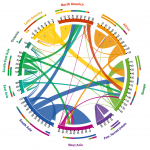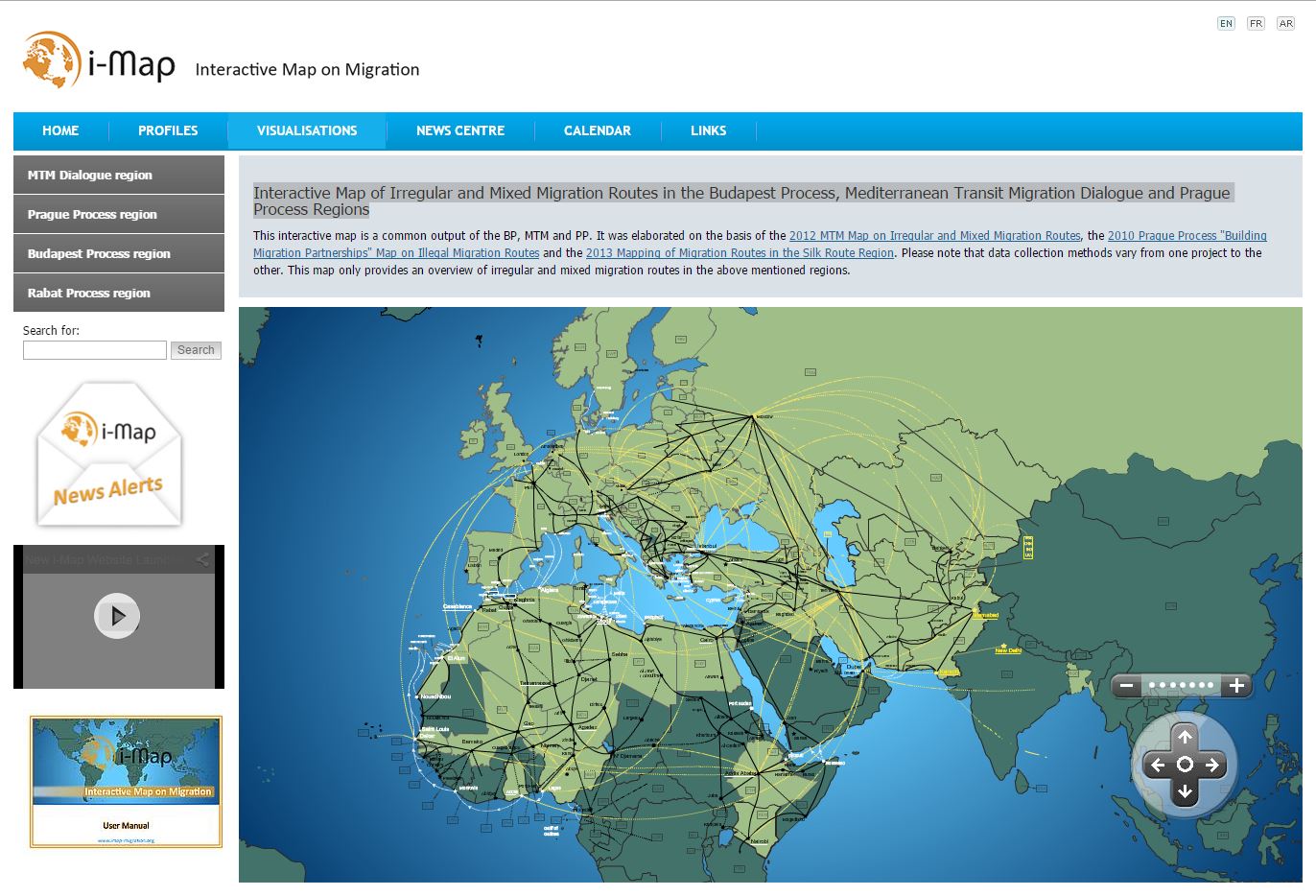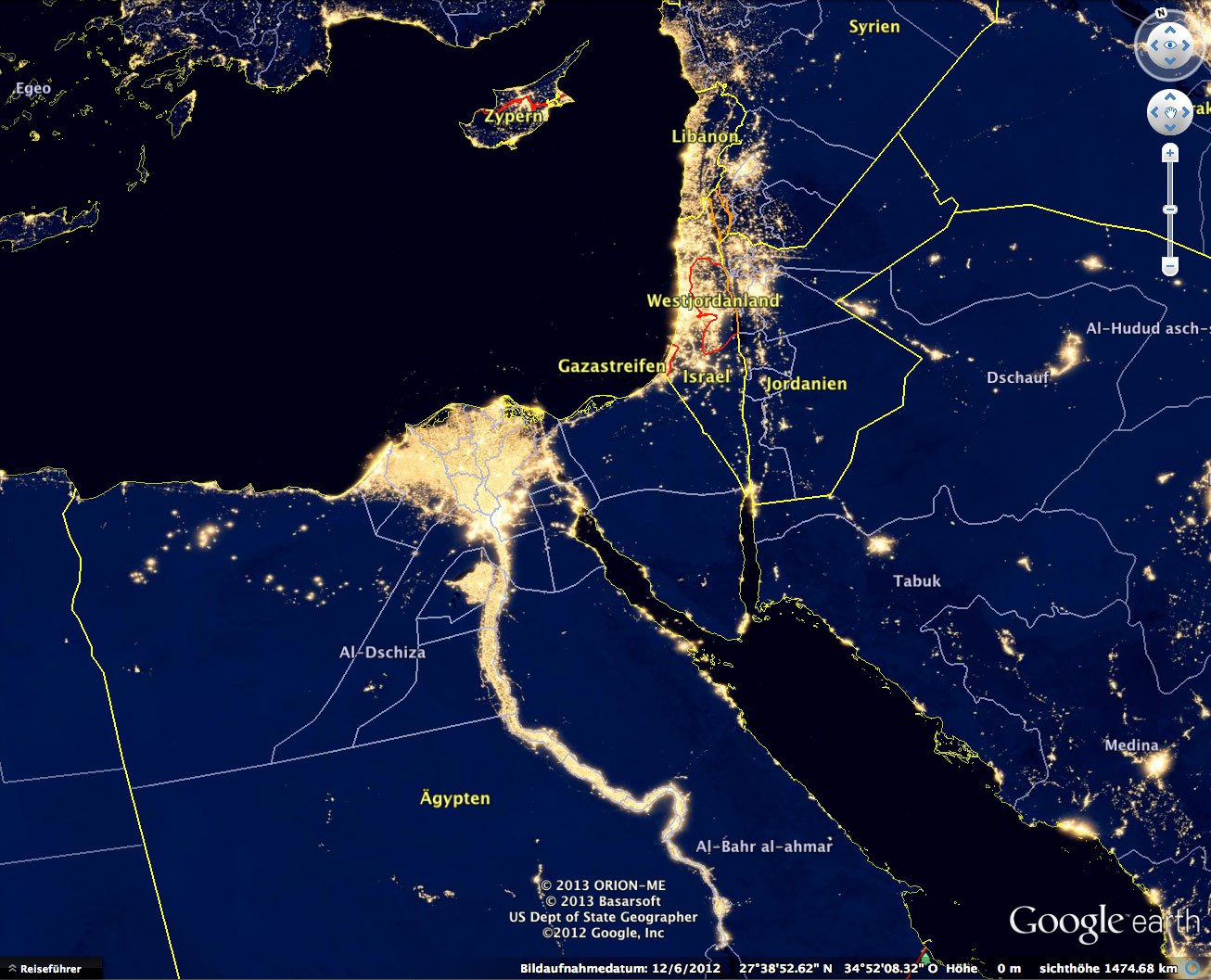In recent decades global migration flows have intensified dramatically affecting, today, 244 million people. This figure would add another 60 million people displaced outside their country of origin (ACNUR, 2014).

However, most singular aspect of current migrations over traditional ones, is not so much the volume as the enormous complexity that it have achieved as well as its volatility and relative ease to evolve and to adapt to the changing conditions in countries of transit and receiving. Although large migratory movements remain relatively stable over time (from poor countries, in conflict or with systematic violations of human rights to richer, safer and politically stable countries), the routes change very quickly, as new communication technologies facilitate the transfer of migrants from one point to another depending on the monitoring of the countries of transit or destination, the legal restrictions that they impose or even the existence of failed states along the transit path. |
||

|
Current migration flows are mixed flows that are integrated by a very diverse mix of migrants that include people who leave their home countries for economic or political reasons.
The volume and diversity of current migration movements and its volatility and unpredictability make the management extremely complex and therefore it requires the cooperation among all states. |
|
Source: MAREM Project and Europe & Me |
||
Source: MAREM Project, RefugeeMap.com and UNCHR |
||
The team
SCCS membersExternal experts
|
||
PublicationsArriba, A.; Moreno, F.J. ; Moreno, L. (2007): Inmigración, gestión de la diversidad y Tercer Sector Social .Fundación Luis Vives, Cuadernos de Debate. Bastia, T. (Ed.) (2013a): Migration and inequality, London: Routledge. Bastia, T. (2013b): “The migration-development nexus: current challenges and future research agendas”, Geography Compass 7(7): 464-477. Carrasco-Carpio, C. (2016): “Immigration and Economic Crisis: An Analysis of the Impact in Spain, 2007–2013”. Critical Sociology, 1–17.. Carrasco-Carpio, C.; García-Serrano, C.(2015): “Efectos de la crisis en la estructura ocupacional y la biografía laboral de la población inmigrante”. Migraciones. 37, pp. 75 – 96. (España). Carrasco-Carpio, C.(2015): “La vulnerabilidad laboral de los extranjeros en España”. Migraciones Internacionales. 8/2, pp. 41 – 72. (México). Carrasco-Carpio, C.; García-Serrano, C.(2012): Inmigración y mercado de trabajo en España. Informe 2011. 28, pp. 1 – 171. (España): Ministerio de Trabajo e Inmigración. Secretaria de Estado de Inmigración y Emigración, 2013. Carrasco-Carpio, C.; Godenau, D.(2012): «La participación en el mercado laboral de los ecuatorianos y marroquíes en España» en Izquierdo, A. y Cornelius, W. (eds.) Políticas de Control Migratorio. Estudio Comparado de España y Estados Unidos. pp. 305 -344. : Bellaterra. Pablo-Martí, F.; Santos, J. L. ; Kaszowska, J. (2015): “An agent-based model of population dynamics for the European regions”. Emergence: Complexity and Organization, 17(2), C1.
|
||

 Blue Marble High-Resolution Night Lights
Blue Marble High-Resolution Night Lights